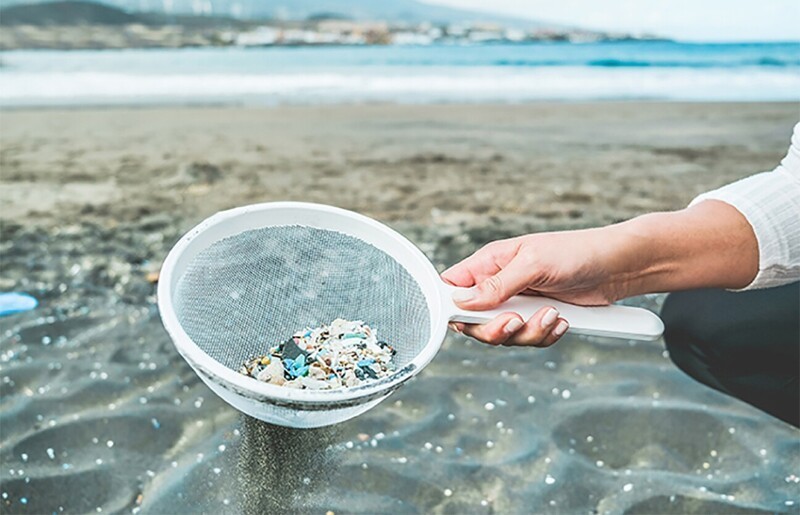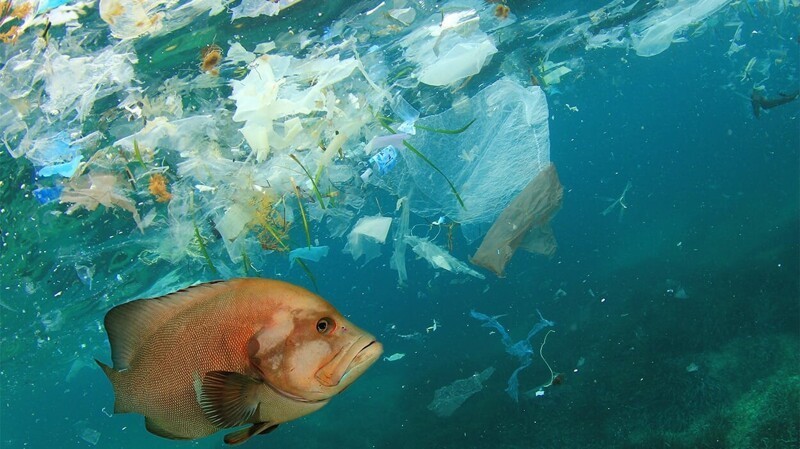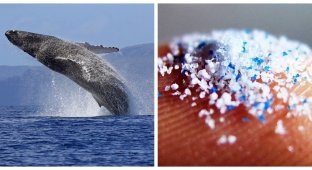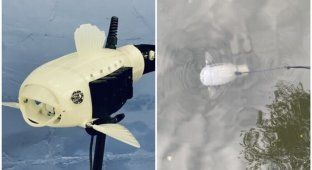The amount of microplastic in the world's oceans has tripled since the 2000s (6 photos)
Someone thinks that environmental news wants us maliciously "intimidate". But these are just bare facts and data collected by scientists. They make you think a little about how we care for the planet, on which we live. Recently, a team of scientists determined that the amount microplastics on the ocean floor has tripled in the last 20 years. Basically pollution comes from packaging, bottles and clothing. 
A team of scientists from the Autonomous University of Barcelona and Aalborg University in Denmark determined that the number microplastics on the ocean floor has tripled in 20 years. Material for research experts have collected in the Balearic Sea. Results, published in the journal Environmental Science and Technology showed that that since the early 2000s, the number of particles from broken plastic on The seabed has tripled in size. However, most of the garbage particles of polyethylene and polypropylene from packaging, bottles and clothing. Some particles have been lying on the bottom since the 1960s, when mass plastic production. 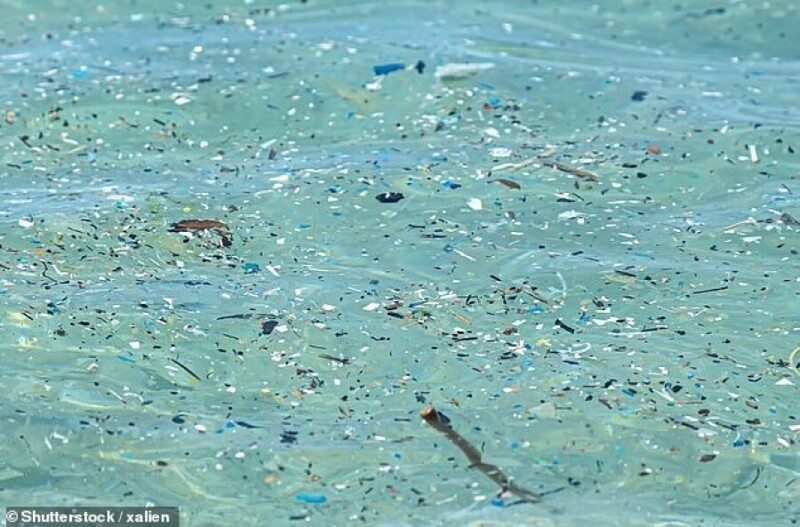
Tiny pieces of plastic debris pile up on the seafloor on depths of more than 100 meters. Garbage can lie there for millennia - in the water plastic practically does not decompose over time, but only breaks down into microparticles. "When plastic is placed in water, its decomposition minimal, so 1960s plastics remain on the seafloor, leaving traces of anthropogenic pollution there," says the researcher Laura Simon-Sanchez. 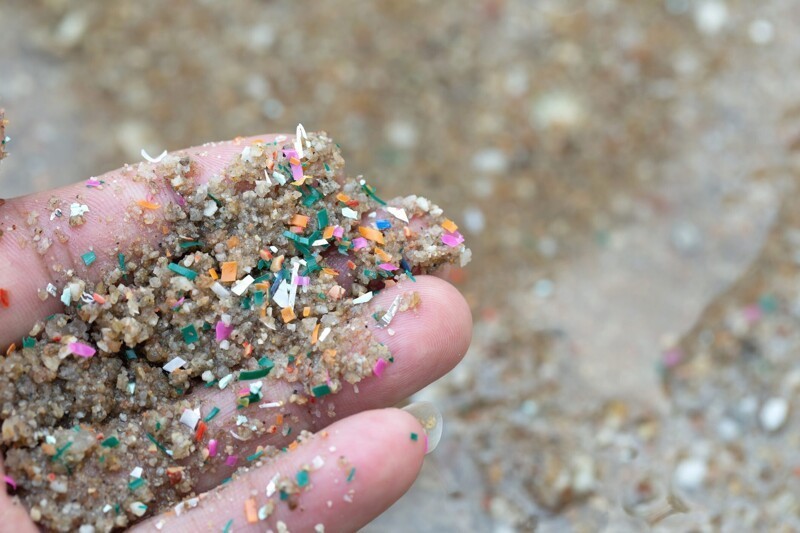
The impact of microplastics on the environment is not yet up to date. the end studied - but it is known that these particles can contaminate food, water supply, and harm marine animals. Previous studies have shown that there are up to 14 million tons of microplastics, with pollution reaching the ice at Antarctica and the deep waters of the Mariana Trench. Despite the efforts of some countries to reduce the use of plastic products, volume microplastics continue to grow. 
